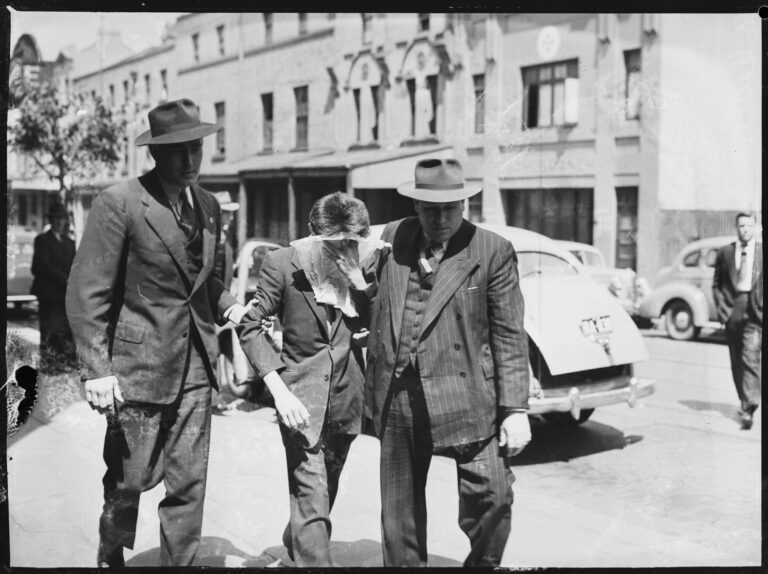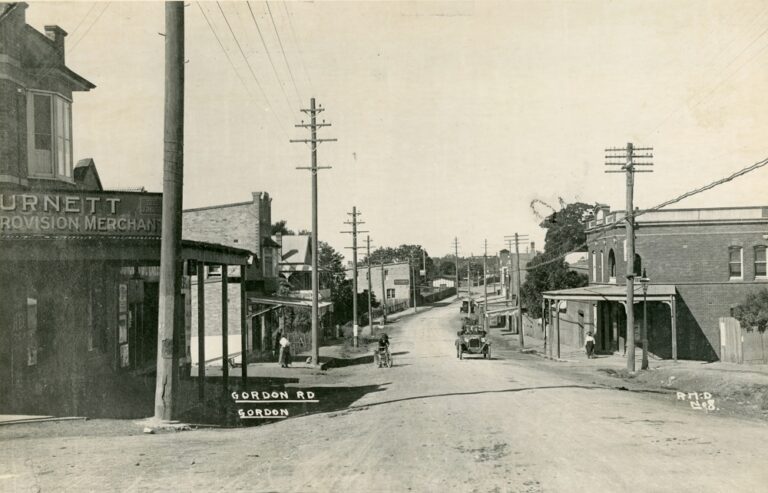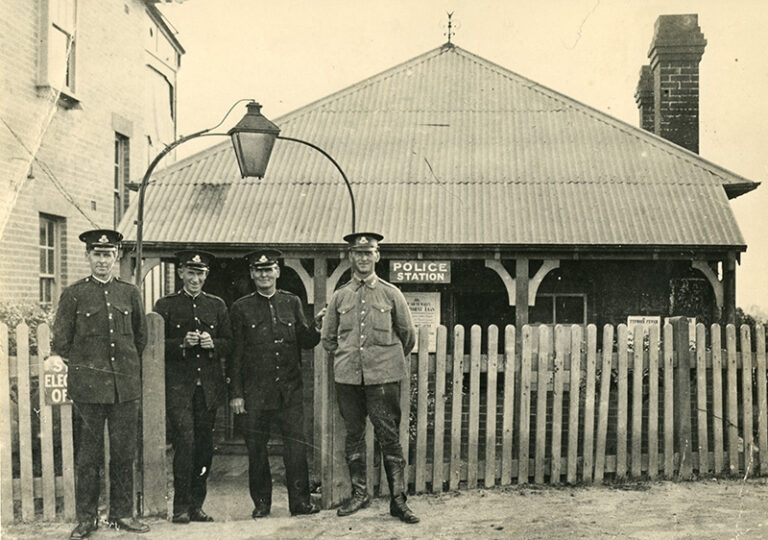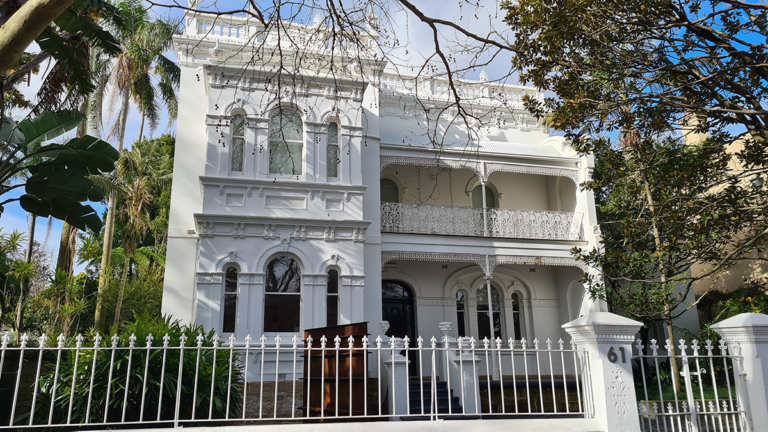By ELLIOT LINDSAY

Booze, Vice & Racial Segregation: When the Americans came to Sydney during WW2
During the Second World War, Sydney became the destination for tens of thousands of US servicemen on rest leave. These ‘yanks’, as Sydneysiders typically called them, came to Sydney with pockets of cash and looking for a good time. Dancing, sex, drugs and booze were all high on the list for a good night out.
The demand for vice was insatiable, and huge profits were to be had for those who could deliver the goods. Consequently, behind the neon signs and cabaret acts lurked a violent underworld of gangs fighting their own war, a war for control of the markets of vice and pleasure. Being the centre of Sydney’s underworld, much of this war was fought on the streets of Surry Hills and Darlinghurst.
The sun sets on the age of the Razor
In 1939, Surry Hills and Darlinghurst were still synonymous with sex, drugs and alcohol. However, after the bloodthirsty ‘razor wars’, the old gangsters of the roaring twenties were primarily dead or serving long prison sentences.
So, when the Americans arrived in Sydney, a new generation of young thugs began throwing their weight around for the spoils of war. East Sydney was about to enter a new golden age of gangsterism, vice and murder. But this time, although more profitable than the last boom, it would also result from one of Australia’s worst wartime secrets.

Jim Crow racial segregation in Sydney
It was not just the soldiers who arrived from the United States but also their policies and customs of racial segregation. Although serving against the same enemy, blacks and whites were segregated. White American servicemen were allowed to flock to the nightclubs and theatres of King Street, Castlereagh Street and Martin Place and associate with the locals.
African-Americans were not allowed the same privileges. Tragically, the US military police made it very clear that African American servicemen were only allowed to fraternise in the working-class slums of Surry Hills and Darlinghurst.
In light of such policies, East Sydney became a ‘Little Harlem’ with venues like the Booker T Washington Black Soldiers’ Club, which opened at 207 Albion Street. Brothels on Little Riley and Elizabeth Streets were also given green lights to operate if they agreed to host black servicemen only.
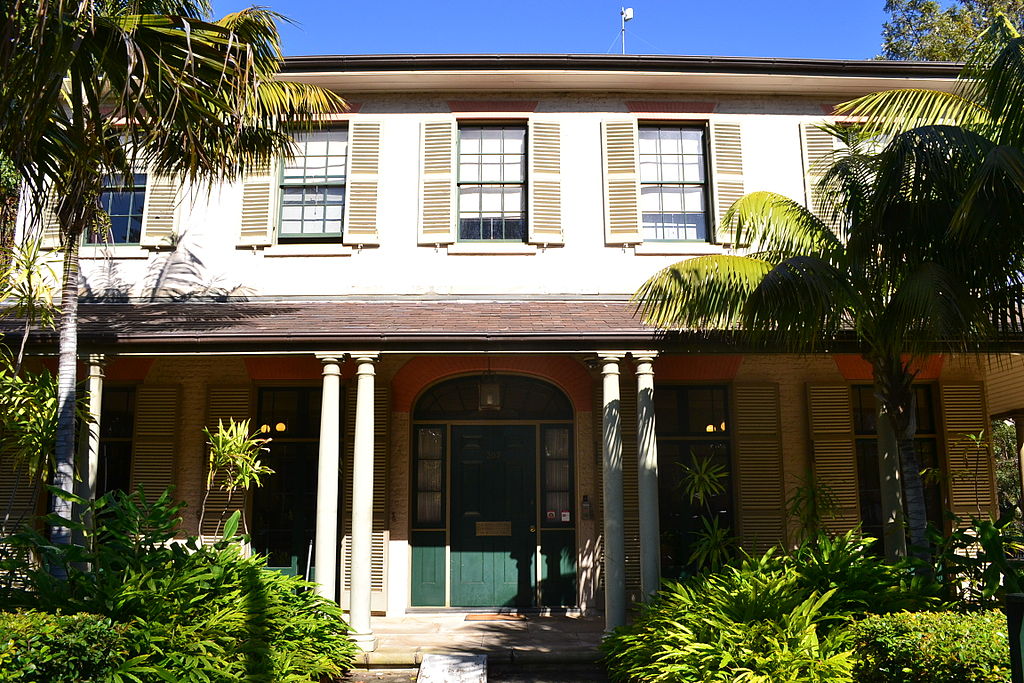
The Sydney underworld profited greatly from this treatment of African-Americans. Already American servicemen were being charged a premium over locals. For example, a bottle of whiskey sold for £1 to an Australian was sold for £5 to an American. However, due to the restrictions placed on African-Americans, they were typically charged significantly more. Hence, much more money was to be made in Surry Hills and Darlinghurst than in the rest of Sydney.

Trademans Arms Hotel (East Village Hotel) Liverpool Street 1930
During this period, one venue worth highlighting is the Tradesman’s Arms Hotel (today known as the East Village Hotel) on Liverpool Street, Darlinghurst. It was one of the few venues where African-Americans could drink with locals.
The good time girls!
Not surprisingly, many young women flocked to this hotel to fraternise with the ‘exotic’ black servicemen who offered a fun time. These women were referred to as ‘good time girls’ and were showered with gifts of chocolate, alcohol, cigarettes, clothing and dinners. As a result, the publican banned females from entering the hotel until the war’s end.
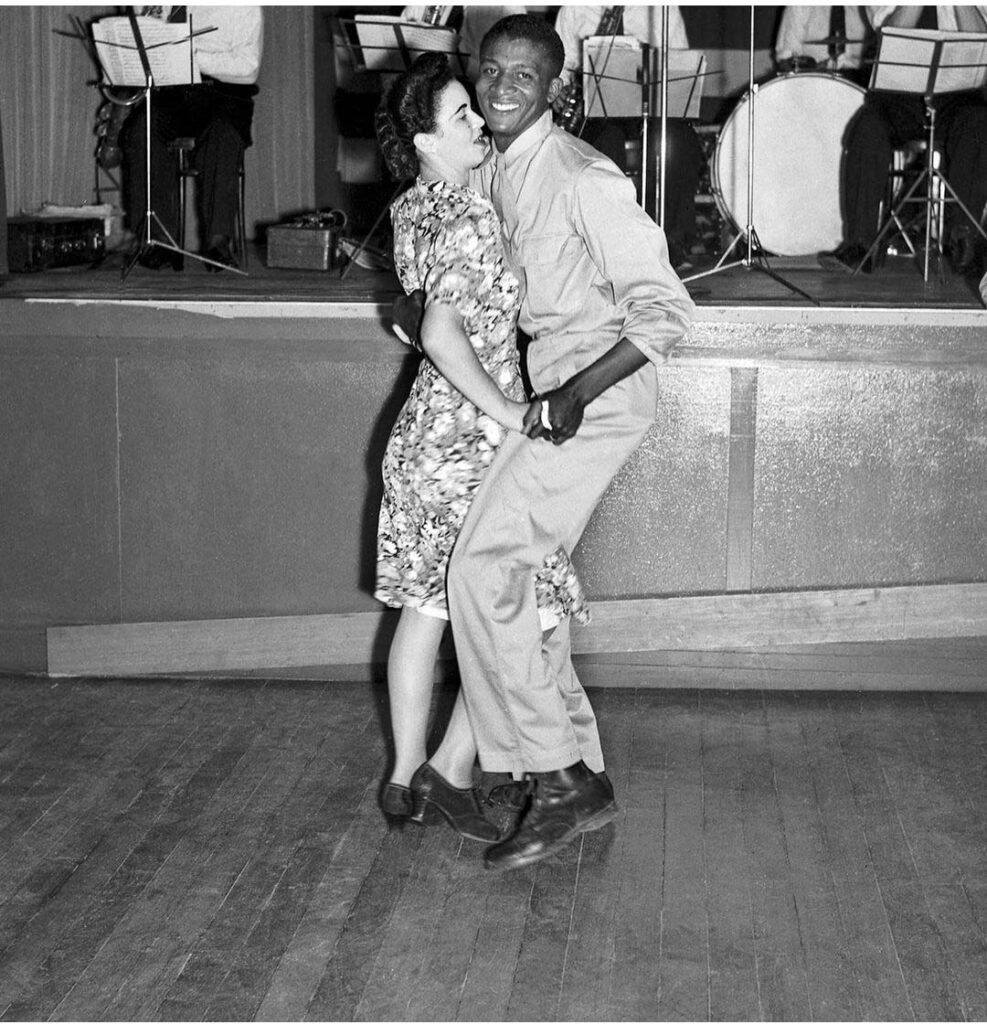
Although a new generation of gangsters had arrived, the old crims still exploited the war effort in various crafty ways. In 1942, Tilly Devine, the queen of Woolloomooloo, hosted a charity ball in the Maccabean Hall (today it is the location of the Sydney Jewish Museum) on Darlinghurst Road. The 350 guests included locals, various servicemen, and the who’s who of Sydney’s underworld, such as Frederick ‘Chow’ Hayes, Donald ‘The Duck’ Day and Nellie Cameron. But if you thought for a moment that the ball was to raise money for the war effort, you would be mistaken. Tilly was very kindly raising money for a local criminal who had fallen on hard times (went to gaol).
The battle for Sydney’s vice markets
All good things must come to an end. By late 1944, most Americans had left Australia to fight in the Philippines. The easy money was gone. There were now too many snouts at the trough, and some had to go. A gangland war began, resulting in more than a dozen deaths across Sydney, peaking between December 1944 and May 1945. Much of the violence was in Surry Hills and Darlinghurst.
For example, on New Year’s Day 1945, Eddie Weyman was found dead on the doorstep of his 19 Mary Street home from bullet wounds. Weyman sold counterfeit American cigarettes with Frederick ‘Chow’ Hayes and Donald ‘The Duck’ Day. It is alleged that ‘Chow’ was the one who shot Weyman.
Donald ‘The Duck’ Day and his wife Irene operated a ‘private hotel’ at 358 Elizabeth Street, Surry Hills (it is still a private hotel today) that doubled as a brothel and sly grog shop. The business was one of the venues that catered to African Americans. Donald and Irene had separated in 1944 but still operated the hotel together.

On 27 January 1945, Donald was at a nightclub with his new lover Joyce Cusack when Irene confronted them, and an argument broke out, resulting in Irene glassing Joyce. Joyce spent the night in St. Vincent’s Hospital.
The following day Donald and some associates went to 428 Crown Street, Surry Hills (today home to Pizza Fritta 180), where Irene had lived, and got into a fight with a man there named Keith Hull.
The following day, Donald returned, but he was greeted by Hull again, except this time, Hull had a pistol. Donald was shot four times, including once in the face. He died instantly from his wounds. The gun was US Navy-issue and obtained from the two US servicemen boarding in the terrace next door.
Then, in April 1945, an argument broke out in the Sunbeam Hotel on the corner of Riley and Albion Streets overlooking Frog Hollow (the hotel was demolished in the 1950s). Francis Wall, a returned war veteran, revealed a concealed Japanese pistol and shot two men dead.
The war is over… for now
When the war finally ended in August 1945, the underworld war would take several months to burn out. But once it did, Surry Hills and Darlinghurst would not experience such bloodshed again until the 1960s when the ‘yanks’ returned, this time for the Vietnam war.
But that is a story for another article…

If you would like to learn more about the true-crime history of Surry Hills and Darlinghurst, consider booking a ticket on Elliot’s walking tour.
This article was originally published by Neighbourhood Media https://www.neighbourhoodmedia.com.au/post/sex-booze-and-murder-when-wartime-yanks-came-to-surry-hills




